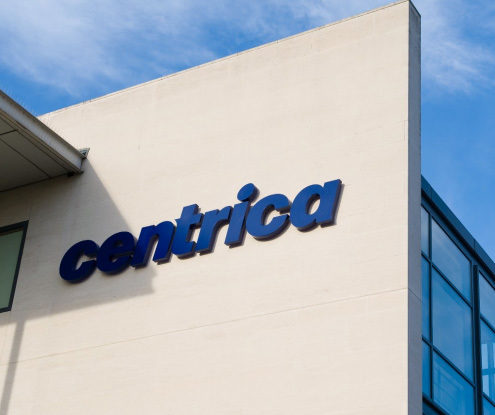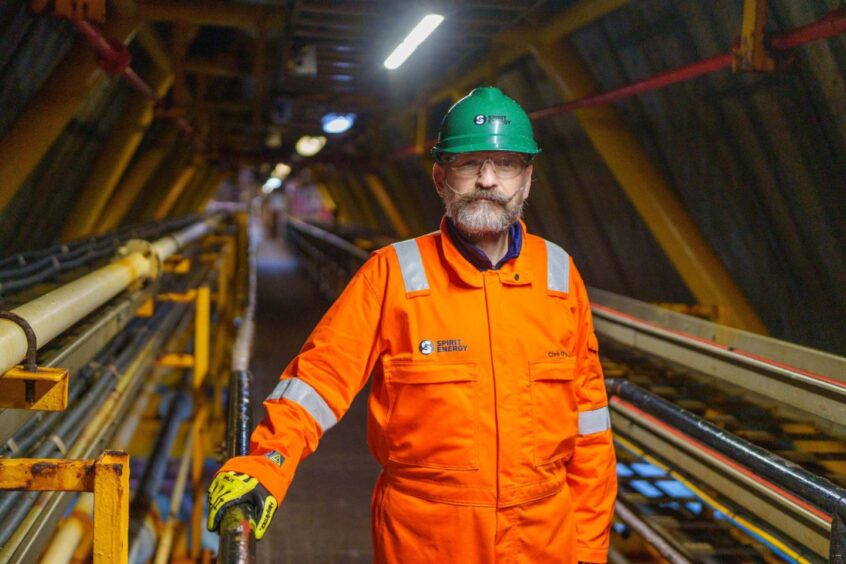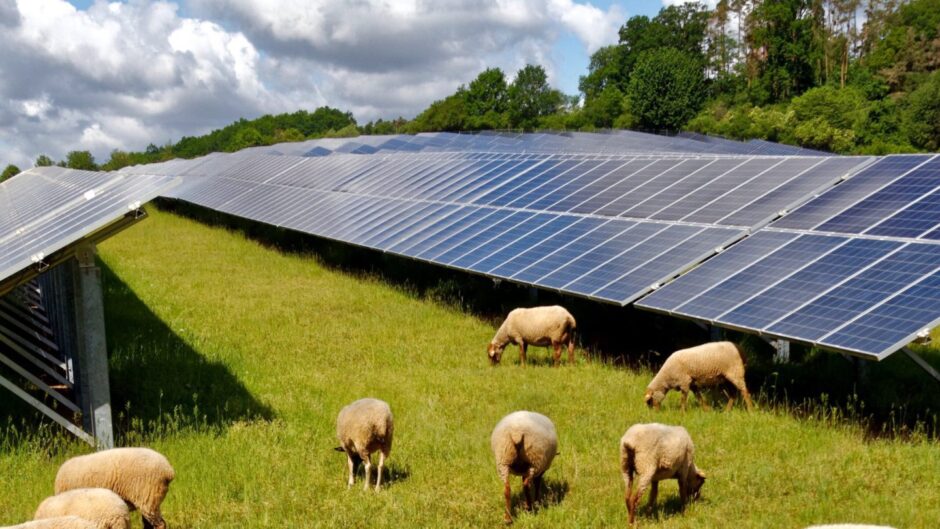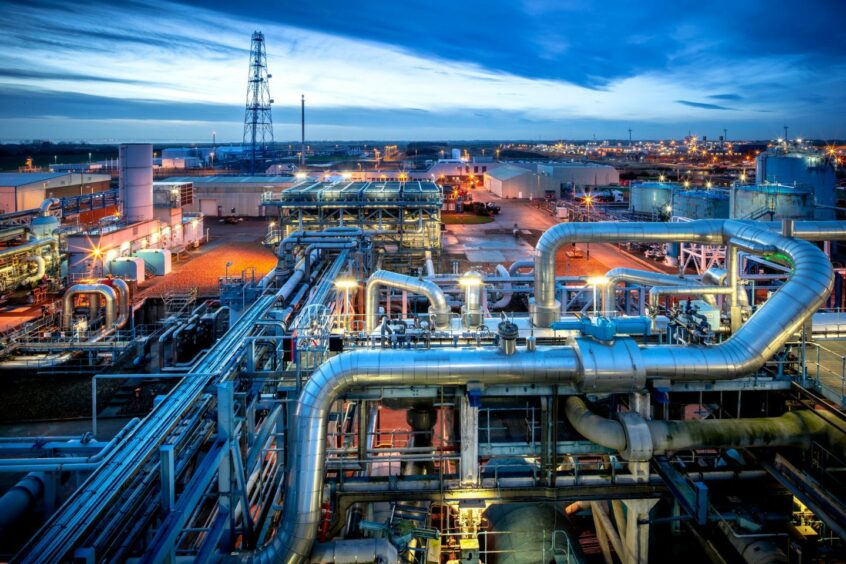
Centrica chief executive Chris O’Shea has compared the scale of the challenge facing companies in the energy transition to those during the Industrial Revolution.
Last year, the energy utility set out its intention to boost its green-focused investment strategy to up to £4 billion by 2028, with plans to electrify its fleet of vans unveiled ahead of its slated investment in clean energy generation.
The British Gas parent company has high hopes for its green investment plan, saying that new clean-power assets “will replace existing infrastructure assets that will naturally decline over time”.
“I think any major transition has tension,” O’Shea told delegates at the FT Energy Transition Summit in late October. “I wasn’t around for the Industrial Revolution but I’m sure there was a huge amount of tension in the system at that point.”
Tensions felt by the energy supplier as it attempts to decarbonise largely relate to its need to balance supply and demand for electricity, gas and new and cleaner forms of fuel and energy – such as hydrogen.
Centrica said in its preliminary statement for the financial year 2023 that it expects to invest £600-800 million per year in clean and flexible power assets and technologies until at least 2028, anticipating that over half of its capital expenditure will go into “green taxonomy eligible projects”.
“I think the difference is that the energy transition is a bit more ideological than the Industrial Revolution was,” says Panmure Liberum energy resources analyst Ashley Kelty.
“Part of the problem with the energy transition is that there is this ideological dash for net zero without any comprehension of what it is going to entail.”
Kelty says that where publicly listed oil and gas companies have been successful in diversifying their energy mix, they have often invested in skilled developers rather than developing their own projects. He cites Equinor’s acquisition last month of a 9.8% stake in offshore wind developer Orsted.
“Equinor are playing the long game,” Kelty says. “They are doing what BP didn’t, they recognise that their skill is not in building windfarms; Orsted is skilled at it.”
Speaking in October, O’Shea said Centrica had been forced to scale back its investments in solar power, but that it remains committed to investing in new nuclear and peaking gas power.
“There are some areas where things are going better than expected,” said O’Shea. “We took the decision that we would own our own smart meters rather than have a third party… I think we’ve got a couple of hundred thousand smart meters on the wall now.”
Other final investment decisions, such as Centrica’s investment in the Sizewell C nuclear plant on the Suffolk coast, remain “binary” – as they depend on an agreement being in place with the government that both parties are happy with, O’Shea said.
Solar ‘challenged’
The Centrica chief described the company’s investments in the solar market as challenging, saying that he cannot see how the energy company can “invest profitably”.
“Solar is really challenged at the moment,” said O’Shea. “I don’t think I can see how a company with the capital cost of Centrica can invest in solar profitably. We have had to pare that back a little bit because we’ve got to make sure that the returns are in the right place.”
According to trade body Solar Energy UK and government estimates, power produced by solar farms remains the “cheapest source of electricity” – more so than onshore wind power, with levelised costs making it less expensive than gas or coal globally.
“The purchase cost of solar panels has absolutely plummeted… which is pretty good news for the world,” says Gareth Simkins, a spokesperson for trade body Solar Energy UK.
“At the same time, the slackening of the energy price crisis has made investment in solar a bit less profitable than it was for a certain time.”
Earlier this year, Centrica unveiled plans to develop two new solar farms as part of its green investment plan, including a development-stage solar power and storage project in Dorset and the operational Roundponds solar farm in Wiltshire.
The solar project in Dorset will be built alongside a battery storage plant near Winterborne Whitechurch, which will share the same grid connection and provide two hours of storage capacity to power 4,600 homes a year.
These solar storage capabilities remain small, at 3 MW compared to the 50 MW ‘liquid air’ Carrington renewable energy storage plant in Manchester, in which Centrica is investing £70 million. Carrington will be built by Highview Power by 2026.
Centrica still has access to about 60 GW of renewable energy capacity in the form of solar plants and wind farms managed by third parties, O’Shea said.
“We’ll provide them with a route to market, we’ll either give them a PPA [power purchase agreement] or trade it for them on an open-book basis… for a fee,” said O’Shea.
Gas peaking ‘absolutely essential’
O’Shea said he expects Centrica’s fleet of gas peaking plants to run for a few weeks rather than months or days this year, describing these as “absolutely essential in order to have a decarbonised energy system”.
He added that “the technology is able to be converted to hydrogen so these things can become zero carbon as well”.
The gas peaking plants Centrica is building in Northern Ireland “will help Ireland build out more wind power”, as backup generation works as “dispatchable power” in times of “intermittency”, he said.
Centrica is investing in gas peaking power capacity alongside investments in newer markets such as hydrogen and carbon capture and storage.
“If the build-out of new renewables isn’t as quick as you’d like, or your nuclear isn’t as quick as you like, you might have things that are ostensibly peaking plants – thermal generation which are running baseload, in order to make up that gap – because the most important thing is that we make sure that we have electricity when consumers need it,” O’Shea said.
Centrica is relying on gas peaking rather than smart demand response to plug power gaps this winter.
O’Shea blamed a failure in the government’s smart meter rollout and poor customer adoption of home energy monitoring, adding that home heat pump storage costs remain prohibitively high.
Hydrogen at UK’s largest gas storage facility
Meanwhile, Centrica has plans to redevelop the UK’s largest gas storage facility by investing £2bn in new hydrogen storage capacity, according to O’Shea.
The Rough facility on the UK continental shelf was reopened in October 2022 following engineering upgrades while the country was in the depths of an energy crisis, increasing the country’s gas storage volume by half.
But energy companies will have difficulty developing the nascent hydrogen market without off-takers or government funding to underpin the investment, according to O’Shea.
“It probably requires some regulatory underpin because there’s no market at the moment for hydrogen storage,” he said.
Panmure Liberum analyst Kelty says the challenge with “expensive” hydrogen is getting it to a commercial scale.
“There’s lots of money being thrown at them,” Kelty says, adding: “It is getting people excited and rightly so, but it’s not going to make any difference by 2030.”
Centrica also has plans to turn the Morecambe Bay gas field in the Irish Sea into one of the “UK’s largest CO2 storage facilities”.
The project has secured a licence despite not being selected for the UK’s accelerated ‘track two’ carbon capture rollout, O’Shea said.




